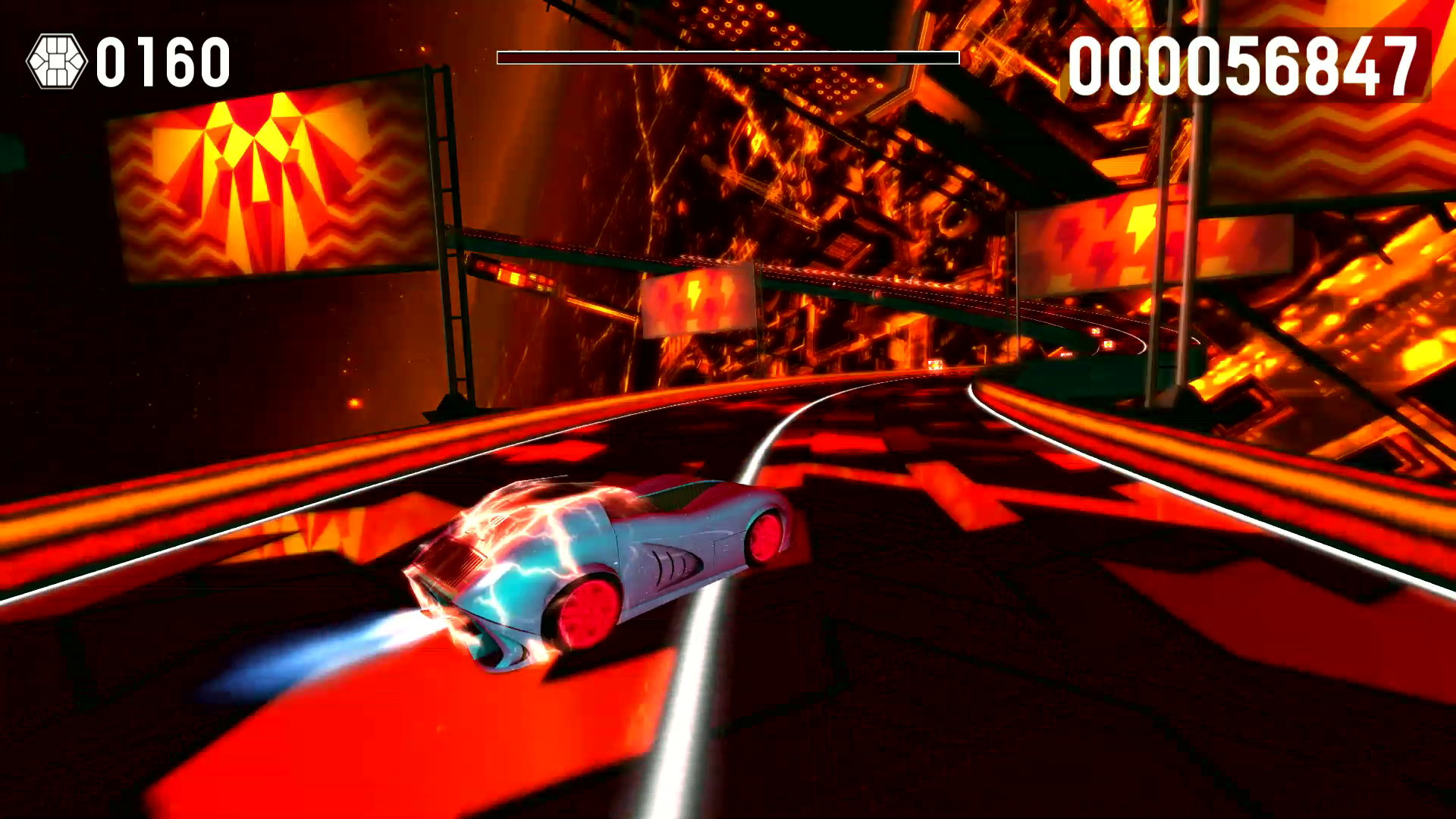I often forget how much music I’ve collected over the years. I’ve got stacks of vinyl (yes, I’m that old), racks of CDs, and a ton of MP3 files stored on my PC. It’s these MP3s that Drive Any Track helped resurrect recently, as I took a crazy, hypnotic drive through my digital music collection thanks to the smarts of a couple of ex-Sony Music guys.
Steve Milbourne and Phil Clandillon — collectively known as Foam — quit their “cushy day jobs” a year ago to focus on making their own video games. Their latest effort, Drive Any Track, combines their love of music with an admiration for classic racers like Wipeout, F-Zero, and TrackMania. DAT takes any song (in MP3, FLAC, OGG, or AAC formats) and turns it into a race track. You race against the tunes, staying ahead of the beat if you can, while drifting and flipping to help rack up big scores.

Unlock premium content and VIP community perks with GB M A X!
Join now to enjoy our free and premium membership perks.
![]()

![]()